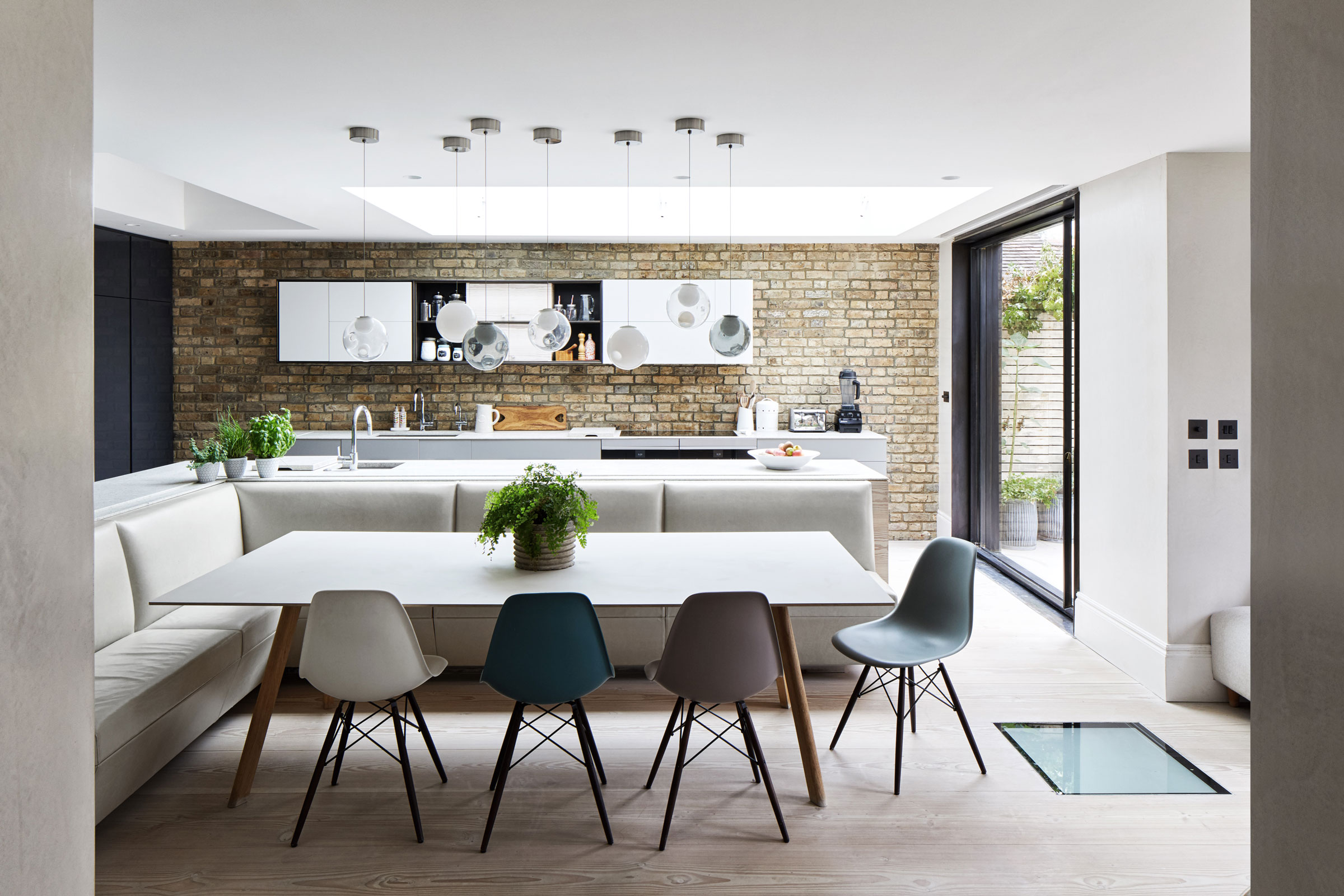3 ways house design will change in 2021 – and how our homes are adapting for the better
We examine how house design will change in 2021, creating a new way of living post-pandemic


While the world has undergone an enormous change over the past year, the effect the pandemic is having on how we live is set to be long lasting. Day-to-day living has had to adapt dramatically with 'stay at home' directives, heralding a new era where our needs are fundamentally more home-centric.
Since March, our homes have had to adapt, acting as our workplaces, our playgrounds, our gyms, our holiday homes – effectively becoming multi-functional spaces in which we live our lives almost entirely.
- Interested in house design? Don't miss our dedicated page for house tours and more

According to research by leading home appliance brand Beko in collaboration with The Future Laboratory, the long-term impact of global lockdowns will create fundamental shifts in behavior – an 'Age of Nesting' – with people living their lives in a completely different way than before.
‘Events that impact on an entire population in a similar fashion are a once-in-a generation occurrence,' says Chris Sanderson, co-founder of The Future Laboratory. 'This is a hard, unsettling reset – but it can result in positive, unprecedented changes in how ordinary people behave and interact.'
Three ways that house design will change in 2021
Read on to discover the trends that we can expect to see develop from 2021 onwards.
1. Rurban Revolution

With an increased focus on health and wellbeing, the exodus from city life has already begun, with homeowners abandoning their urban homes to embrace the space and clean air that out-of-town living affords them.
Now that remote working has become the norm, the suburbs and rural areas are all the more inviting, particularly with families, while young people who were previously drawn to cities discover that paying high rents on their relatively low salaries no longer has the appeal that it did pre-pandemic.
Design expertise in your inbox – from inspiring decorating ideas and beautiful celebrity homes to practical gardening advice and shopping round-ups.
2. Multi-modal Properties

While we have quickly had to adapt our homes to become multi-functional spaces for the whole family to work, rest and play, it's unlikely we will revert to pre-pandemic life when it all ends and the dust finally settles.
Homes will transform to become a ‘blended space’, with ever-changing zones for a variety of needs. Designers have already been reimagining furniture to create multi-purpose pieces that can adapt to different uses, while ample storage is a huge consideration, too.
The popular open-plan living design format, where the kitchen doubles as a place to cook, a study space and a dining area, is quickly becoming outdated. People now crave space that provides peace and quiet, with many preferring the traditional layout of separate rooms for separate uses.
- Take a look at what our kitchens could look like in a post-pandemic world
3. Pandemic-proof Living

Hygiene has become a huge consideration at home and technology is at the forefront of this drive to help reduce exposure to viruses and pollutants. Even before the pandemic, air quality in cities has been a concern worldwide with air purifiers becoming more common place in urban environments.
Products made from naturally antibacterial materials like copper and cork will become more commonplace, while UV light - as seen on the newly-developed Beko HygieneShield cabinet - will be adapted to allow people to disinfect products at home quickly and easily.
While it's hard to see a positive with all of the uncertainty and upheaval, this does afford us the chance to reset and adapt how we relate to our homes and each other.
Hopefully, this new Age of Nesting will see us and our homes becoming happier and healthier for years to come.

Ginevra Benedetti is Associate Editor on the Homes Content Team at Future. She has been writing about interiors for the past 16 years on the majority of Britain’s monthly interiors titles, such as Ideal Home, Country Homes & Interiors and Style at Home, as well as Livingetc and of course, Homes & Gardens. This naturally lead her into writing for websites like HomesandGardens.com.